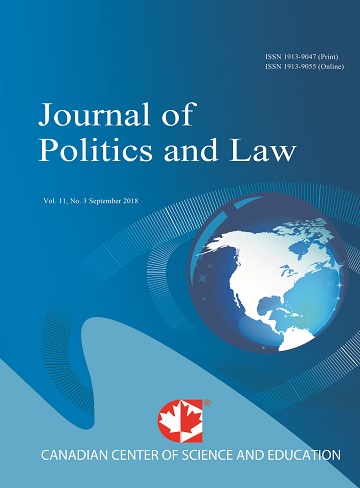Third Party Suspicion of Lack of Authority on the Part of Company Agents – A Comparative Study and a Suggested Rule
- Bede Harris
Abstract
A risk affecting 3rd parties entering into contracts with companies is whether the representative of the company has authority to enter into the transaction, and whether that person has complied with internal company procedures. In the common law world these issues are governed by the law of agency and the ‘internal management rule’ respectively. In the People’s Republic of China (PRC) applicable rules are found in the Contract Law and the Company Law. Recent decades have seen a divergence in approaches in the common law world, with the common law retained in some jurisdictions and superseded by legislation in others. This has led to differences in the law, particularly with respect to the critical issue of under what circumstances 3rd parties contracting with company representatives lose the right to assume that the representative has the authority they appear to have or, to state the issue differently, what level of knowledge or suspicion of irregularity a company should prove a 3rd party has in order to avoid liability for the acts of the company’s agent. These differences have significant implications for inter-jurisdictional contracts. This article examines the law in Singapore, Hong Kong, Australia, New Zealand and the PRC and assesses the extent to which the rules in each jurisdiction satisfactorily balance the interests of companies and third parties and serve the interest of commercial convenience. It notes that the approaches in Singapore and Hong Kong, which both retain the common law, and in the PRC, which has independently developed almost identical rules, strike the appropriate balance between the rights of companies and 3rd parties contracting with them, whereas statutory formulations in Australia and New Zealand do not. The article concludes with a model formulation of applicable rules which, if adopted, would remove uncertainty in this area.
- Full Text:
 PDF
PDF
- DOI:10.5539/jpl.v8n2p98
Journal Metrics
h-index (2017): 14
i10-index (2017): 39
h5-index (2017): 9
h5-median (2017): 11
Index
- Academic Journals Database
- ACNP
- ANVUR (Italian National Agency for the Evaluation of Universities and Research Institutes)
- Berkeley Library
- CNKI Scholar
- COPAC
- CrossRef
- DTU Library
- EBSCOhost
- Elektronische Zeitschriftenbibliothek (EZB)
- EuroPub Database
- Excellence in Research for Australia (ERA)
- Genamics JournalSeek
- GETIT@YALE (Yale University Library)
- Ghent University Library
- Google Scholar
- Harvard Library
- HeinOnline
- INDEX ISLAMICUS
- Infotrieve
- Jisc Library Hub Discover
- JournalGuide
- JournalTOCs
- LOCKSS
- MIAR
- Mir@bel
- NewJour
- Norwegian Centre for Research Data (NSD)
- Open J-Gate
- PKP Open Archives Harvester
- Publons
- Pubmed journal list
- RePEc
- ROAD
- Scilit
- SHERPA/RoMEO
- Standard Periodical Directory
- Stanford Libraries
- UCR Library
- Ulrich's
- UniCat
- Universe Digital Library
- UoS Library
- WorldCat
- Zeitschriften Daten Bank (ZDB)
Contact
- William TaiEditorial Assistant
- jpl@ccsenet.org
